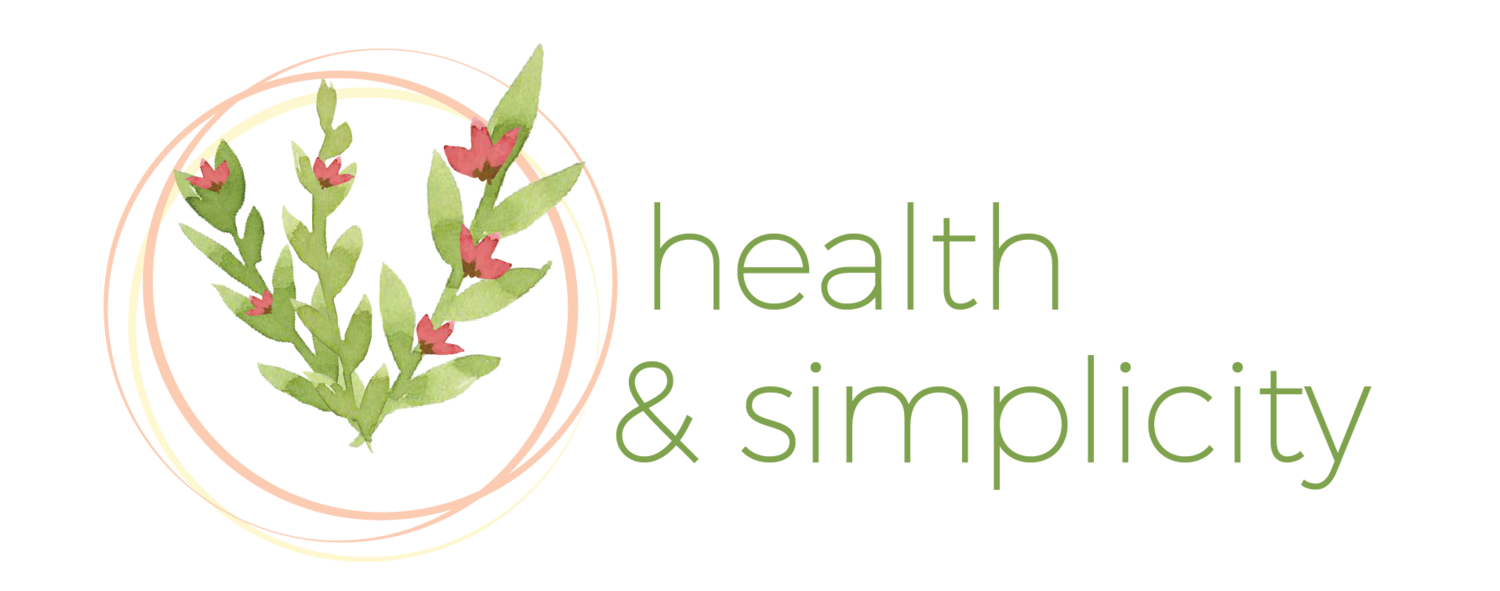Understanding Food Labels- Part 1
Have you ever been caught out devouring your newest ‘guilt free’ delicious snack only to find out that your innocent little nibble is actually full of some kind of unattractive ingredient? Before I was a naturopath, I fell into this exact trap with gluten free goodies. I assumed just because they were gluten free, those double chocolate bickies were actually healthy for me! It was only thanks to a friend of mine pointing out the bucket load of sugar in my not-so-healthy-snacks, that I first began to open my eyes to food labels.
You can walk into any food shop these days and the marketing assault begins!
- HIGH PROTEIN
- SUGAR FREE
- LOW CARB
- GLUTEN FREE
- LOW FAT
- DAIRY FREE
- HIGH FIBRE
With bright colours, flashy packaging and attractive pictures all fighting to cram themselves into your eyeballs it really is no wonder choosing healthy food is becoming such a nightmare.
If you can train yourself to ignore all this sparkle and fluff, the information you need is hidden, in sometimes not-so-plain-sight, on the back of most packaged food products. The trick is just knowing how to read it!
Now before we go on…… The healthiest food you buy actually comes label free! How easy is that? Beautiful, organic fresh fruit and vegetables should come straight from the earth to you, without any need to process or label.
Meats, eggs, seafood, whole grains and dairy should also come fairly label free. But this is where the slope starts to become slippery. When it comes to these basic items, it isn’t enough to ASSUME that your buckwheat contains only buckwheat, or your cream contains only cream. This brings us to our first label reading tip:
Locate the ingredient list and read it!
This might sound like the simplest advice ever, but if you don’t do this, how will you know if nasties are creeping into your diet, disguised as real food? Your best friend here is a little pocket book or handy smart phone app called The Chemical Maze. If you come across strange words, numbers or letter combinations, simply look up this mystery ingredient and The Chemical Maze will give you a handy smiley-faced guide to help identify the product. Happy faces means safe and beneficial; sad faces means potentially hazardous for health. There is a lot more information about the ingredient for your perusal, but if you’re doing your shopping, glancing at the little smiley’s is all that is usually needed.
Once you have sussed out the ingredient list, it is now time to move on to one of the most confusing parts of packaging. The nutritional panel! First things first……
Check your quantities!
Often, sneaky manufacturers will change the serving size of their products to positively influence the nutritional panel. Perhaps you’re looking at those yummy gluten free bickies…. Before you even start figuring out the breakdown of fat, protein, sugar and carbohydrates, have a look at how many bickies constitutes a serving. Often it will be one biscuit…. That’s right. ONE!!! If you are like me and one biscuit seems even more depressing than having no biscuits at all, then work out how many bickies will satisfy and keep that in mind when assessing the nutritional panel. You may need to double the information on the food panel to get a more accurate serving size. This is particularly true for dairy products such as yoghurt, milk and cheese. Which brings us to our next point…
Get familiar with size and weight.
Following on from the above topic, it’s time to familiarise yourself with some standard sizes and weights. In general, a teaspoon holds about 5mls or 5 grams. A tablespoon holds about 15 grams or 15mls. A cup holds about 250mls, but only about 100 grams of something light such as buckwheat puffs, or up to 250 grams of heavier items like cream.
If you are getting confused, have a look at the total weight of your item. For example if you have a bag of buckwheat puffs, it may be 500 grams. It takes you about 5-6 days to finish the bag. This means you would be eating about 100 grams each day.
Most food labels will have a SERVING SIZE and a 100 GM/ML breakdown on their nutritional panel. The more often you take note of various foods nutritional information, the more familiar you will become and the easier reading these labels will be. This can just take time.
Lets NOT get specific
Ok, we are now getting into the nitty gritty of food label reading. This is where so many people get caught up focusing on one little piece of nutritional information. The best advice I can give you here is to look at the big picture. This is not a case of pick-your-poison. Fat on its own is not the enemy, nor is sugar, nor are carbohydrates. Looking at the label as a whole, and learning to become familiar with acceptable or healthy levels of these food components is where the key lies. For simplicity, I will break it down for you a little further in my next blog. We will look at fats, carbohydrates and proteins individually. Stay tuned!


